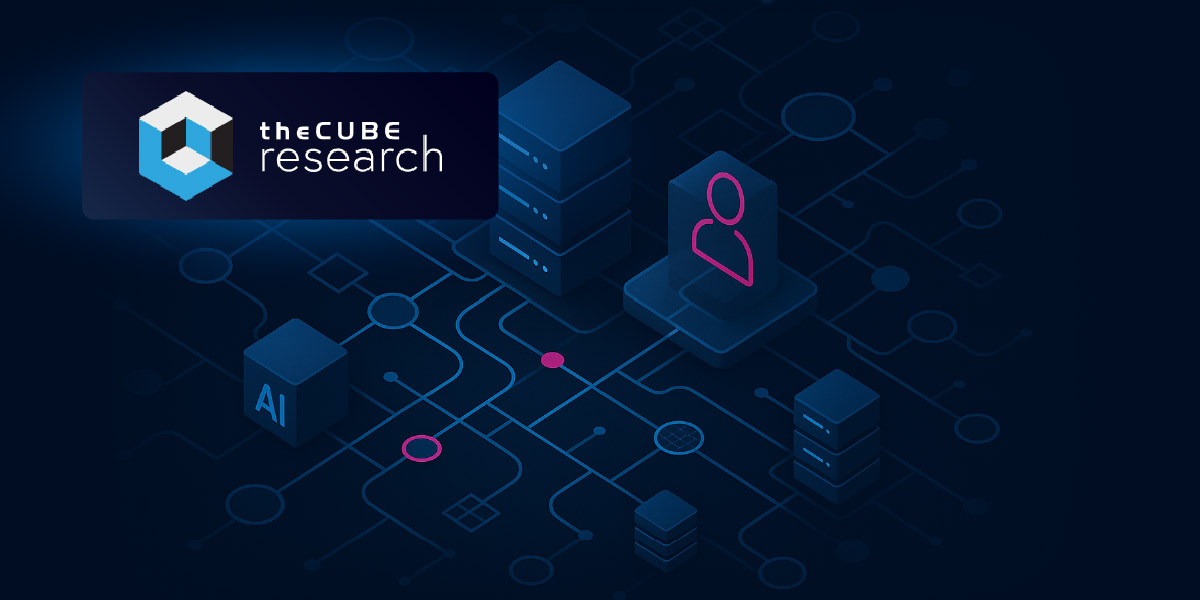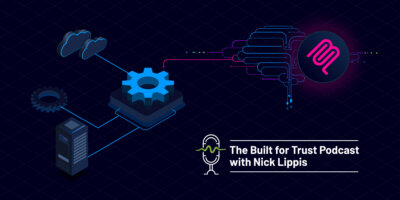Share this

Table of Contents
The Shift Is Already Here
Every few decades, infrastructure leaders face a turning point. Virtualization. The cloud. Infrastructure as Code. Each wave has forced us to rethink how we design, build, and operate the critical systems our businesses depend on.
Today, Agentic AI represents the next great inflection point. And just like the shifts before it, this one isn’t incremental – it’s transformative.
From Scripts to Reasoned Workflows
For years, automation was about scripting repeatable tasks and orchestrating predictable workflows. We codified processes, we built pipelines, and we worked hard to make infrastructure programmable.
But pipelines, as powerful as they are, are inherently rigid. They do exactly what we tell them, in the order we prescribe. That rigidity often slows us down when reality doesn’t fit the workflow we imagined.
Agentic AI breaks this model. Instead of executing fixed steps, agents are capable of reasoning through context, adapting their approach, and delivering outcomes in a way that aligns with business intent.
Think of the leap: from “if X, then Y” scripts, to systems that can interpret signals, weigh risk, and choose the best path forward in real time.
Guardrails Before Green Lights
Whenever a new capability emerges, the reflex in infrastructure is caution – and for good reason. In the past, we created change windows, approval boards, and handoffs, because the cost of getting it wrong was downtime.
With agentic systems, the same principle applies. We cannot unleash reasoning agents into production networks without guardrails. Role-based access controls, policy enforcement, and the ability to validate intent will remain critical.
But here’s the opportunity: once those controls are in place, the velocity we can unlock is staggering. Same-day provisioning. Continuous compliance checks. Automated remediation that scales beyond what human effort alone could ever achieve.
Micro Apps & the Rise of Contextual Automation
One of the most exciting patterns emerging is the use of micro apps – lightweight, AI-driven utilities built for a specific team or task. These aren’t sprawling platforms; they’re laser-focused tools that deliver outsized value in hours or days, not months.
We’ve seen this story before. Infrastructure as Code democratized automation for developers. Now, micro apps and agentic reasoning democratize AI for operations. The ability to spin up contextual agents that solve very specific problems will fundamentally change how teams interact with infrastructure.
A Moment to Reimagine
Here’s the truth: many of the operating models we hold dear were built for a different era. Nighttime maintenance windows. Approval chains designed for static systems. Manual interventions at every turn.
Agentic AI challenges us to ask: if we could start fresh, with reasoning agents at the core, how would we design operations?
We might let machines decide the risk tolerance for a change. We might reframe “maintenance windows” as continuous safe-change pipelines. We might empower NOC teams not just to observe, but to delegate remediation to trusted agents.
Looking Ahead
I don’t see Agentic AI as a curiosity – I see it as a mandate. The winners in the next three to five years will be the organizations that:
- Build infrastructure that is programmable and accessible via APIs.
- Establish guardrails so AI can interact safely with networks and systems.
- Lean into micro apps and contextual automation to solve immediate problems.
- Invest in the human-in-the-loop model today, while preparing for greater autonomy tomorrow.
At Itential, our focus is on being the execution layer that connects centralized AI reasoning with distributed infrastructure. The goal isn’t just to automate what we do today, it’s to reimagine what’s possible for tomorrow.
Final Thought
We rarely get opportunities like this. Most of the time, infrastructure work is about keeping the lights on and executing within the constraints we’ve inherited. But every once in a while, a technology emerges that allows us to rethink those constraints entirely.
Agentic AI is that moment. And if we lean in – with both ambition and discipline – we can build infrastructure that not only supports the business, but propels it forward at a pace we’ve never experienced before.
Catch my recent discussion with Bob Laliberte, Principal Analyst at theCUBE Research below or on-demand here where we dive into this very topic.
Agree? Disagree? Let me know on LinkedIn.



